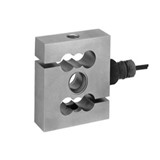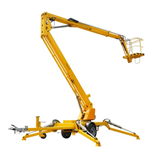Key takeaways
- Pipeline is substantial. Australia’s five-year major public infrastructure pipeline is currently valued at ~$213 billion (FY 2023-24 to FY 2027-28), driven by transport, energy transition, and social infrastructure projects.
- Opportunity lies in the supply chain. While Tier 1 contractors capture headlines, the real beneficiaries are SMEs supplying equipment, logistics, and specialised services.
- Labour shortages are acute. Approximately 50% of technician and trade roles are in national shortage, and major infrastructure delivery faces short-term workforce gaps of tens of thousands of workers.
- Cash-flow management is critical. Extended payment terms (commonly 60–90 days) and upfront project costs make robust financial planning essential for SMEs.
- Compliance is non-negotiable. Well-documented WHS systems, safety records, and asset maintenance are mandatory to qualify as a reliable supplier on major projects.
- Pre-qualification is your entry ticket. Demonstrating full compliance, documented capabilities, and tender readiness is essential to even be considered for major infrastructure contracts.
- Cash-flow planning protects your business. Forecasting expenses, leveraging finance options, and maintaining a financial buffer ensures you can deliver projects safely and profitably, even with long payment terms.
Introduction: A wave of opportunity (and challenge)
Cranes dominate our city skylines, and earthworks are reshaping regional transport corridors. Australia is experiencing a once-in-a-generation infrastructure boom, with projects spanning transport, renewable energy, and social infrastructure. According to Infrastructure Australia, the major public infrastructure pipeline is at a record level, generating significant economic activity and demand for industrial services.
For SMEs in the industrial sector, this boom is a tidal wave of opportunity, but it comes with complexity. Multi-billion-dollar contracts may go to Tier 1 builders like CIMIC or Lendlease, but the real question for smaller businesses is: who benefits, and how can you get a piece of the action?
This guide breaks down the downstream opportunities, challenges, and strategies to ensure your business thrives in Australia’s infrastructure surge.
Beyond the Tier 1s: Who the boom is really for
Large construction giants act as project managers, subcontracting much of the physical work. This creates a ripple effect that benefits thousands of SMEs in the supply chain. Key areas of demand include:
- Civil construction & equipment hire: Excavators, graders, cranes, and concrete pumps are in high demand.
- Transport & logistics: Projects require moving thousands of tonnes of materials, steel, aggregate, prefabricated components, driving opportunities for heavy haulage and logistics providers.
- Industrial equipment & materials suppliers: From PPE and hand tools to fabricated steel and power generators, the need for industrial inputs is substantial.
The 'big squeeze': Navigating the boom's key challenges
The boom is high-pressure and high-risk. Businesses that succeed are those prepared for three main challenges:
1. The labour shortage bottleneck
You cannot win or deliver a contract without skilled staff. Trades such as heavy-duty mechanics, welders, plant operators, and construction technicians are critically short. This scarcity drives wage inflation and intensifies competition for qualified workers.
2. The cash-flow trap
Extended payment terms create real risk. A regional subcontractor might win a $500,000 contract, yet have to fund 120 days of wages, fuel, and equipment costs before major invoices are paid. Without proactive cash-flow management, even profitable projects can threaten business survival.
3. The supply chain and equipment squeeze
Global and domestic supply pressures mean lead times for high-demand machinery (excavators, haul trucks, cranes) can reach 12–18 months. This makes fleet maintenance and asset reliability critical to remaining competitive.
How to get your business 'project-ready'
Tier 1 contractors partner only with suppliers who are professional, reliable, and compliant. Here’s how to position your business:
Make WHS a core strength
Safety is your most important selling point. Ensure you have:
- A fully documented and implemented WHS management system
- Staff training, inductions, and toolbox talk records
- Equipment serviced and compliant
- High-quality Safe Work Method Statements (SWMS) for all high-risk activities
Construction remains a high-risk industry, and principal contractors are legally responsible for your safety practices. A strong safety record is now a ticket to the game, not a bonus.
Invest in technology and equipment
Efficiency and reliability set you apart:
- Telematics: Modern fleet GPS systems monitor assets, safety compliance, and usage data.
- Well-maintained equipment: Prevent breakdowns that can jeopardise multi-million-dollar projects.
- Digital project management: Scheduling, reporting, and communication tools demonstrate professionalism.
Secure your finances before bidding
Plan for cash-flow gaps:
- Discuss lines of credit or overdraft facilities with your bank or finance broker
- Consider equipment finance (like chattel mortgages) to preserve working capital for wages, fuel, and operational costs
Looking for competitive rates to finance equipment? Get in touch on 1300 788 373 or email support-au@easyasset.com.au
Pre-qualification & tendering guidance
Winning work on major infrastructure projects is about more than showing up with equipment and experience, you need to prove your business is capable, reliable, and compliant. Tier 1 contractors and government agencies use pre-qualification processes to screen suppliers before they can even bid.
Key steps to prepare your business:
- Understand pre-qualification requirements: Most Tier 1s and government projects use formal frameworks, such as the NSW or VIC Prequalification Systems, or private Tier 1 pre-qualification portals. Common requirements include financial statements, insurance certificates, WHS compliance records, and quality management systems.
- Document your capabilities: Create a capability statement highlighting relevant experience, fleet/equipment, workforce skills, and certifications. Include project examples, safety performance, and on-time delivery metrics.
- Prepare tender-ready documentation: Keep insurance, licences, SWMS, and induction records current. Missing or incomplete documentation can automatically disqualify your bid.
- Demonstrate compliance and risk management: Contractors will assess your WHS and environmental compliance, equipment maintenance schedules, and digital tracking systems. Showing that your processes meet or exceed standards like AS/NZS 4801 or ISO 45001 signals professionalism.
- Engage early: Don’t wait until a tender is published. Establish relationships with Tier 1 contractors, attend supplier briefings, and consider pre-submission Q&A sessions to clarify expectations.
Practical tip: Keep a central folder (digital or cloud-based) for all pre-qualification documents. Being “tender-ready” at short notice can make the difference between winning and missing a contract.
Financial risk management & cash-flow tools
Securing work is only half the battle, managing the money to deliver it is critical. Extended payment terms, upfront labour and equipment costs, and delayed invoices are common pain points for SMEs in the infrastructure supply chain.
Strategies to protect your business:
- Cash-flow forecasting: Map out your expected expenses, invoice timelines, and revenue for each project. Include wages, fuel, equipment maintenance, and subcontractor costs. A 120-day forecast can help identify shortfalls before they become critical.
- Negotiate payment terms where possible: While Tier 1s often have standard 60–90 day terms, early engagement or partial milestone payments may be negotiated, particularly if your business has a strong safety and delivery record.
- Use asset finance effectively: Avoid tying up working capital by purchasing machinery outright. Options such as chattel mortgages or hire purchase allow you to scale your fleet without draining cash needed for operational costs.
- Invoice factoring or supply chain finance: These services let you access funds against outstanding invoices, smoothing cash flow and reducing the risk of project interruptions.
- Build a financial buffer: Maintain a line of credit or overdraft to cover unforeseen delays, equipment breakdowns, or sudden labour shortages. Even a modest buffer can prevent cash-flow stress from escalating into a business-threatening problem.
Practical tip: Pair cash-flow planning with your fleet and project management software. Linking costs, timelines, and invoicing ensures you see financial pressure points before they become urgent.
Conclusion
Australia’s infrastructure boom is a once-in-a-generation opportunity for industrial SMEs. Multi-billion-dollar Tier 1 contracts grab the headlines, but the real gains flow to businesses that are prepared, professional, and financially resilient.
The companies that invest in WHS compliance, fleet reliability, digital systems, and financial planning will be the ones that capture the growth, proving themselves as low-risk, high-quality partners ready to help build Australia’s future.
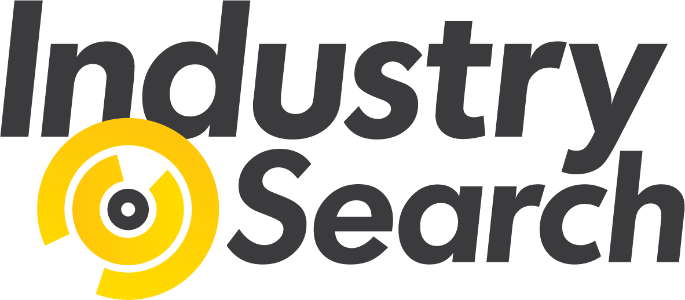
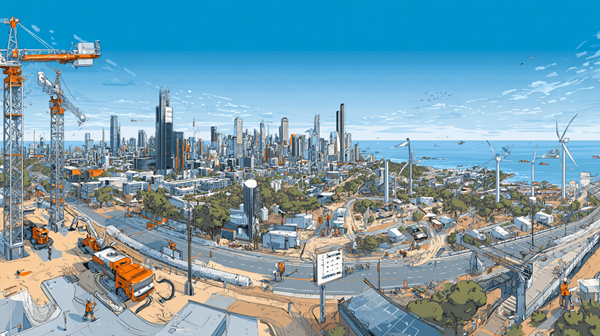
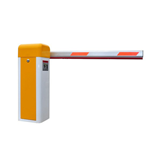
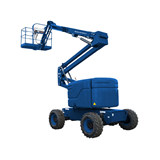

-160x160-state_article-rel-cat.png)
-160x160-state_article-rel-cat.png)


